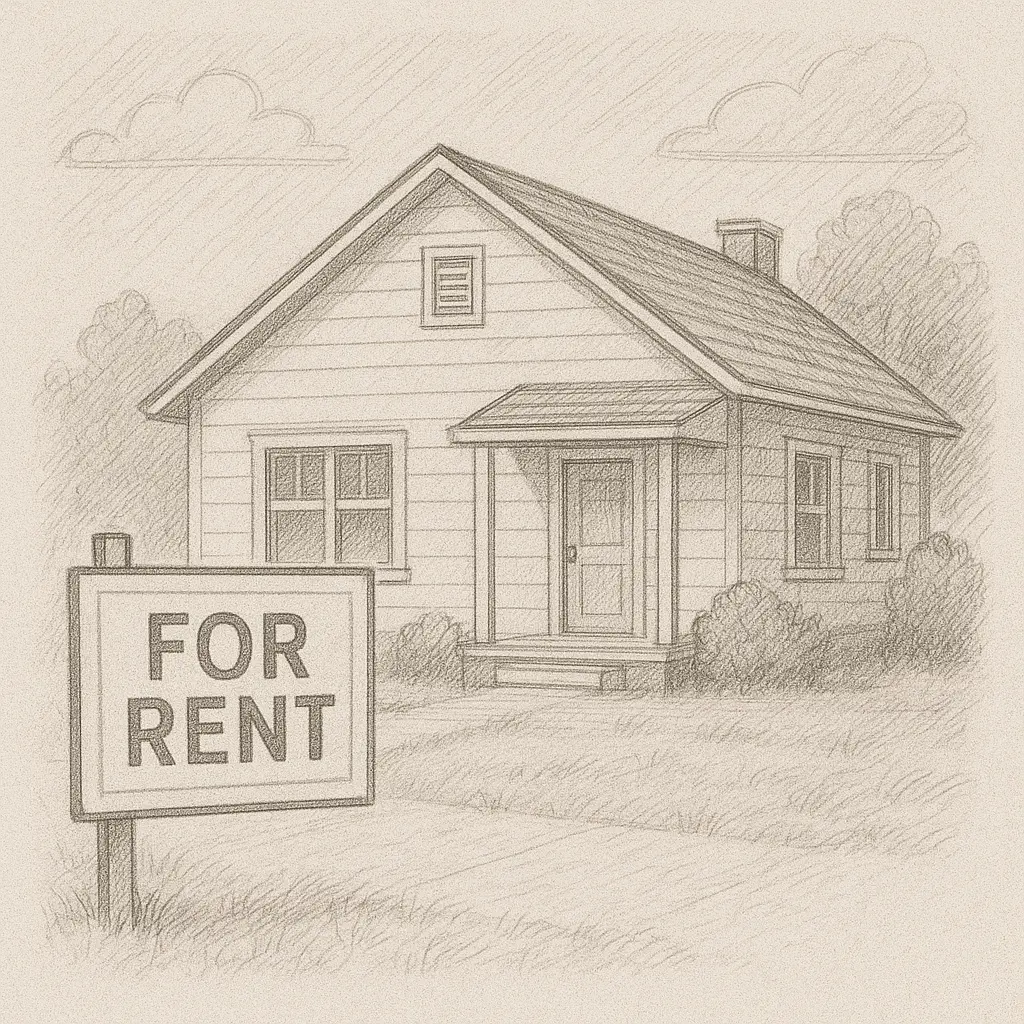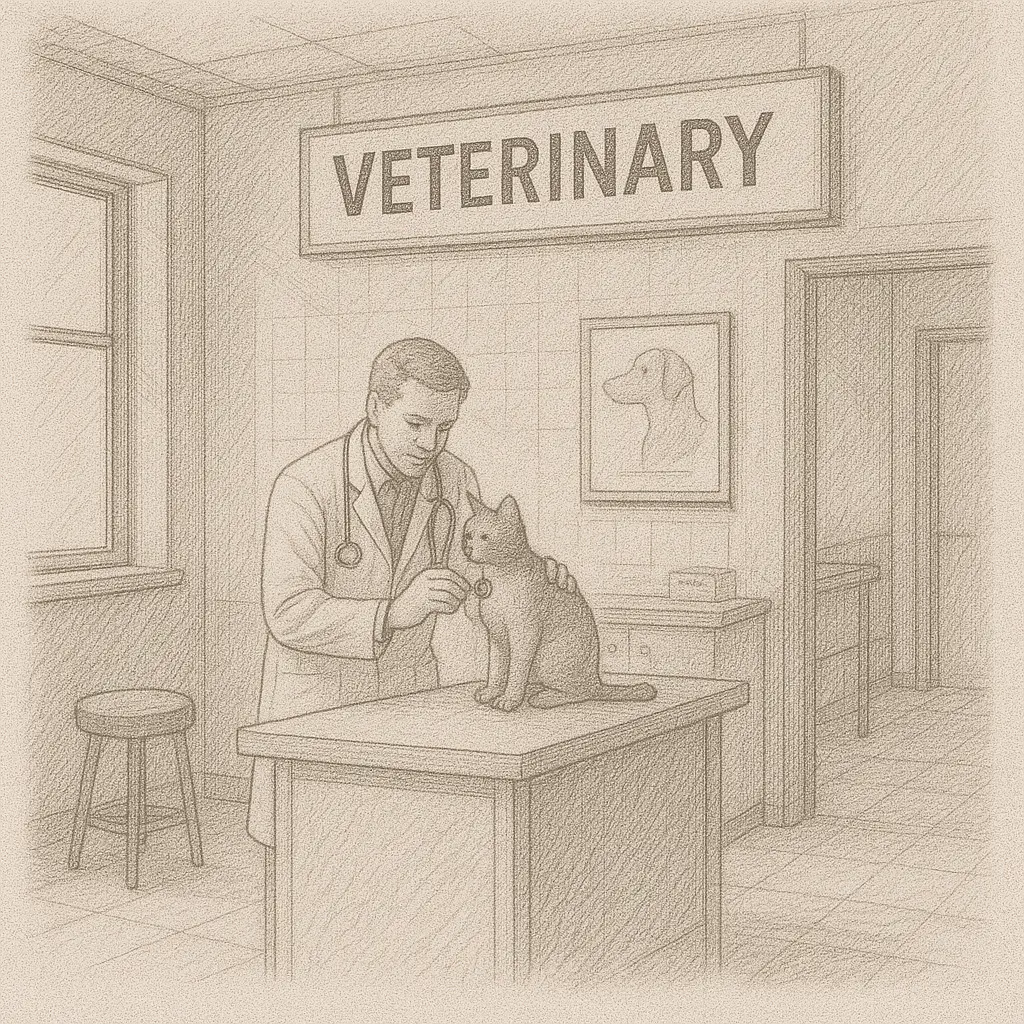How to Document Temporary Housing and Additional Living Expenses (ALE) for an Insurance Claim

When your home becomes unlivable due to a covered loss—such as a fire, flood, or major storm—your Homeowners Insurance Policy may provide coverage for Loss of Use or Additional Living Expenses (ALE). This coverage reimburses you for extra costs you incur while living elsewhere during repairs or reconstruction.
To be reimbursed, you must prove these costs were necessary, related to the displacement, and above your normal living expenses. That means documentation is critical.
This guide outlines the key categories of ALE and how to gather and organize the evidence you need to support your claim.
Section 1: Hotel Stays and Short-Term Lodging
If you stay in a hotel or short-term rental immediately after the loss, document everything from the check-in date to the checkout summary.
What to Keep:
Itemized hotel bills showing room rate, taxes, and any pet or parking fees
Receipts from short-term rental platforms (Airbnb, VRBO)
Booking confirmations and cancellation terms
Credit card or bank statements for payment backup
Tip: Upload these documents to the Loss of Use section in your Loti account, organized by stay and location.

Section 2: Long-Term Rentals and Housing Modifications
If you transition into a long-term rental or temporary apartment, your insurer may cover rent and related costs, but only the portion that exceeds your normal Mortgage or housing costs.
What to Gather:
Lease agreements or rental contracts
Monthly rent payment receipts
Utility bills (electricity, water, gas, internet)
Security deposit documentation (note if it’s refundable)
Documentation for any modifications made to accommodate disabilities, pets, or access needs
Example: If you needed to build a temporary ramp or Fence, keep Contractor invoices and material receipts.
Section 3: Food and Grocery Expenses
Insurance will often cover the increased cost of meals due to your displacement—especially if you're unable to cook and rely on restaurants.
What to Keep:
Daily restaurant receipts
Takeout or delivery invoices
Grocery receipts from both before and after the event (to show increased costs)
Weekly meal summaries (if eating out was temporary or situational)
Tip: Only the difference in cost is reimbursable. For example, if you normally spend $200/week on groceries but are now spending $350/week on restaurants, the insurer may reimburse the $150 difference.
Section 4: Travel and Commuting Costs
Displacement often leads to longer commutes or extra transportation costs (e.g., traveling back and forth to check on your property, meet contractors, or get kids to school).
What to Track:
Mileage logs (date, location, miles driven, reason for travel)
Gas receipts
Rideshare receipts (Uber, Lyft)
Public transit tickets or passes
Tip: Keep a simple travel journal or spreadsheet. You can upload this to your Loti dashboard and tag each trip for insurance review.

Section 5: Laundry and Household Services
If you lost access to laundry facilities or basic household appliances, insurers may reimburse those extra costs.
What to Keep:
Laundry service or laundromat receipts
Dry cleaning bills
Temporary appliance rental or delivery fees
Example: Weekly visits to a laundromat, with receipts showing usage fees and detergent purchases.
Section 6: Postal and Delivery Services
If mail forwarding or delivery services were necessary due to displacement, these are often reimbursable.
What to Save:
USPS mail forwarding confirmations and payment receipts
Courier or PO box rental agreements
Documentation of rerouted packages or subscriptions

Section 7: Pet Boarding and Animal Care
Displacement affects your pets too. If your temporary housing doesn’t allow animals or limits their care, insurers may cover related expenses.
What to Include:
Boarding facility invoices
Pet hotel or kennel receipts
Daily pet sitting or dog walking service records
Emergency vet care during displacement
Note: Keep a clear record of the dates your pet was displaced and what normal care arrangements cost for comparison.
Section 8: Organizing and Submitting Your Documentation
Once you’ve collected your ALE documents, upload them to the Loss of Use section in your Loti account. We keep everything organized by category, date, and Vendor, making it easy to:
Track expenses over time
Separate reimbursable vs. non-reimbursable costs
Generate a professional submission package for your insurer
Each document should include the date, vendor, amount, and reason it was incurred.
Wrap-Up
Loss of Use coverage is a critical part of your homeowners policy, but getting fully reimbursed depends on your ability to document temporary expenses in detail. From rent and hotels to gas, groceries, and laundry, the more thorough you are, the stronger your claim.
Loti helps you store and organize every receipt, log, and Invoice—so you can submit a complete and convincing ALE claim package with confidence. Whether you’re weeks or months into temporary housing, it’s never too late to start tracking.